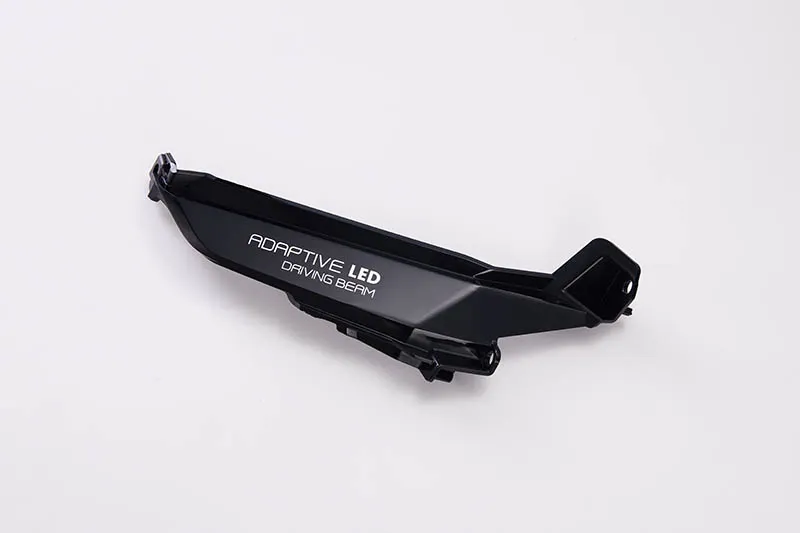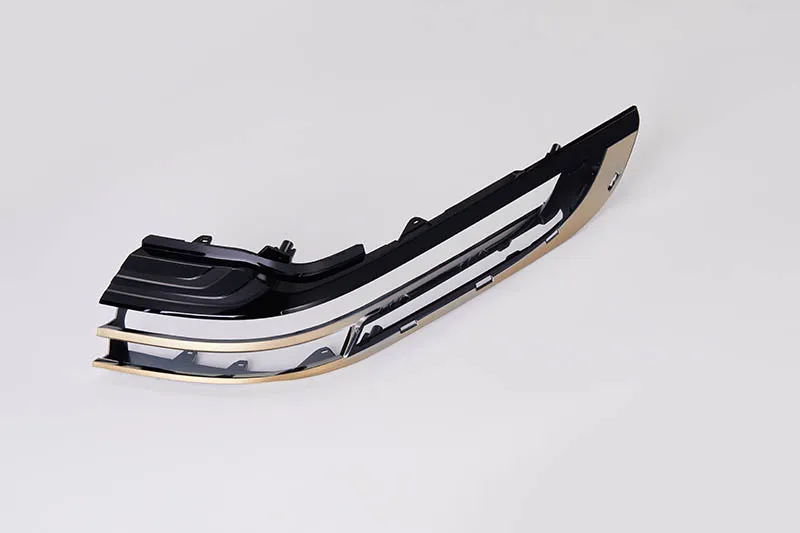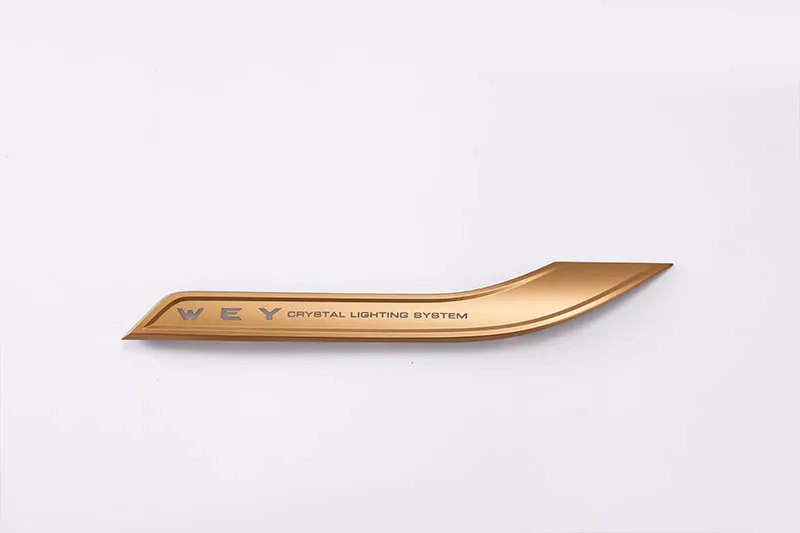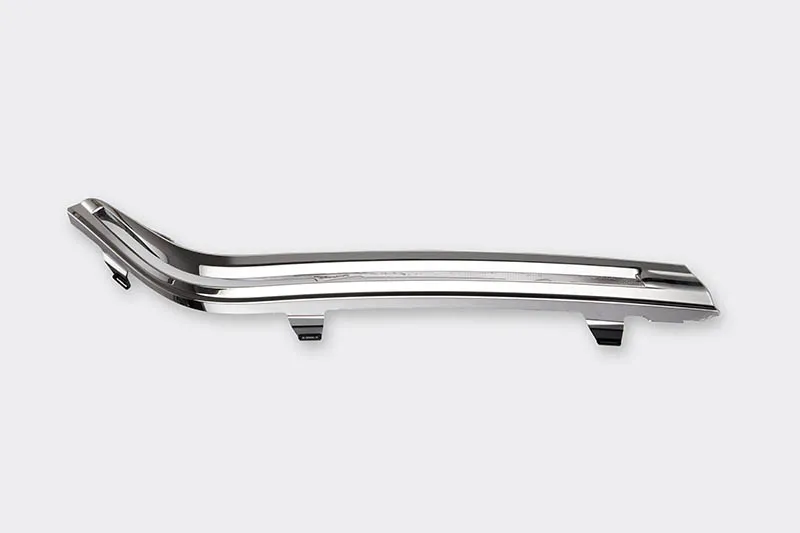Transmission System: The Heart of Power Transfer
The transmission system is responsible for transferring power from the engine to the wheels, enabling the vehicle to move. It plays a crucial role in determining the speed and torque delivered to the wheels. Proper functioning of the transmission is essential for smooth gear shifts, engine performance, and fuel efficiency.
- Manual vs. Automatic Transmissions:
- Manual Transmission: In a manual transmission, the driver controls the shifting of gears via a clutch pedal and gear stick. This gives the driver more control over the vehicle’s power and is often preferred by enthusiasts for its direct feel and connection to the car.
- Automatic Transmission: In an automatic transmission, the vehicle shifts gears automatically, making it easier for drivers who prefer a more relaxed driving experience. Modern automatic transmissions are highly advanced, offering smoother shifts and better fuel economy.
- Clutch and Torque Converter:
- In manual transmissions, the clutch allows the driver to disconnect the engine from the drivetrain to shift gears. A worn-out clutch can cause slippage, resulting in poor acceleration and difficulty shifting. Regular clutch maintenance or replacement ensures smooth transitions between gears.
- For automatic transmissions, the torque converter ensures that the engine’s power is transferred smoothly, even while the vehicle is idling. A faulty torque converter can cause sluggish acceleration and engine stalling.
- Transmission Fluid:
- Transmission fluid is essential for lubricating the moving parts inside the transmission, ensuring smooth operation. Over time, this fluid can break down or become contaminated, causing transmission problems. Regularly checking and replacing transmission fluid is critical for preventing wear and tear on the system.
Maintaining the transmission system is vital for the long-term performance of a vehicle. If left unchecked, transmission problems can lead to expensive repairs and a decrease in overall vehicle efficiency.
Fuel System: Ensuring Efficient Fuel Delivery
The fuel system ensures that fuel is efficiently delivered to the engine, allowing the car to run at optimal performance. It consists of various components like the fuel tank, fuel pump, fuel injectors, and fuel filter, all of which must be maintained properly to ensure fuel efficiency and prevent breakdowns.
- Fuel Tank: The fuel tank stores gasoline or diesel and is typically located at the rear of the vehicle. Over time, the fuel tank may suffer from corrosion, leaks, or damage from road debris. Regular inspection for leaks or signs of corrosion is necessary to prevent dangerous situations, like fuel spills.
- Fuel Pump: The fuel pump is responsible for delivering fuel from the tank to the engine at the correct pressure. A malfunctioning fuel pump can lead to a loss of power or difficulty starting the engine. Ensuring that the fuel pump is in good working order is critical for consistent vehicle performance.
- Fuel Injectors: Fuel injectors deliver fuel directly into the combustion chamber, where it mixes with air to create a combustive mixture that powers the engine. Clogged or malfunctioning injectors can lead to poor engine performance, including reduced fuel efficiency, rough idling, and engine misfires.
- Fuel Filter: The fuel filter ensures that impurities in the fuel are removed before they can reach the engine. Over time, fuel filters can become clogged, leading to reduced fuel flow and engine performance. Regular replacement of the fuel filter ensures that the engine receives clean fuel, helping to prevent engine damage.
Proper maintenance of the fuel system ensures that the engine runs smoothly, providing better fuel economy and reducing harmful emissions.
Lighting and Electrical Systems: Illuminating Safety
Lighting and electrical systems are integral to a vehicle’s safety and visibility, both during the day and at night. These systems ensure that the vehicle is visible to other road users and that the driver can clearly see the road ahead. Key components include headlights, tail lights, turn signals, and internal lighting systems.
- Headlights: The headlights are essential for night driving, and their performance can significantly affect visibility. Modern headlights, including halogen, LED, and HID (high-intensity discharge) lights, provide better illumination and longer life than older systems. Regularly cleaning headlights and checking their alignment helps ensure that the road ahead is properly lit.
- Tail Lights: Tail lights are critical for signaling the vehicle’s presence to other drivers, particularly at night or in poor weather conditions. Tail light failure can lead to accidents, as the vehicle may be difficult to see from behind. Regular inspection of tail lights and bulbs can prevent safety hazards.
- Turn Signals: Turn signals are vital for communicating the driver’s intentions to other road users. Malfunctioning or broken turn signals can lead to accidents due to unclear signaling. Ensuring that both front and rear turn signals are functioning properly is essential for safe driving.
- Internal Electrical Systems: The vehicle’s electrical systems power essential features like dashboard lights, radio, air conditioning, and the infotainment system. Malfunctioning electrical components can affect the comfort and convenience of the vehicle. Regular inspection of internal wiring, fuses, and components helps avoid electrical failures that may leave the driver without critical functions.
Regular maintenance of the lighting and electrical systems ensures that the vehicle is visible to others and that the driver has full access to the vehicle’s safety and convenience features.
Exhaust System: Reducing Emissions and Noise
The exhaust system plays a crucial role in controlling emissions and reducing noise. It is responsible for guiding exhaust gases from the engine to the rear of the vehicle, where they are released safely into the atmosphere. The exhaust system also reduces harmful emissions and contributes to the overall performance and efficiency of the vehicle.
- Exhaust Manifold: The exhaust manifold collects exhaust gases from the engine’s cylinders and directs them to the exhaust pipe. Cracks or leaks in the manifold can cause exhaust fumes to enter the cabin, leading to dangerous carbon monoxide exposure. Regular inspection and replacement of a damaged exhaust manifold help maintain air quality inside the vehicle.
- Catalytic Converter: The catalytic converter reduces harmful pollutants, such as carbon monoxide, hydrocarbons, and nitrogen oxides, into less harmful gases. A malfunctioning catalytic converter can lead to increased emissions and lower fuel efficiency. Keeping the catalytic converter in optimal condition ensures that the vehicle complies with environmental regulations and operates efficiently.
- Muffler: The muffler reduces the noise produced by the engine and exhaust gases. A damaged or rusted muffler can lead to excessive noise, potentially violating noise ordinances and distracting the driver. Regular inspection and replacement of the muffler ensure the vehicle remains quiet and compliant with noise regulations.
By maintaining the exhaust system, vehicle owners can reduce harmful emissions, improve fuel efficiency, and ensure quieter operation.
Conclusion: The Crucial Role of Automotive Parts in Overall Vehicle Functionality
The various automotive parts mentioned in this article—engine components, suspension, braking, transmission, fuel system, lighting, and exhaust—each play a crucial role in ensuring a vehicle’s performance, safety, and comfort. These parts work together in a finely-tuned system, where even the smallest malfunction can lead to significant issues in vehicle operation.
Regular inspection, maintenance, and timely replacement of automotive parts are essential for preventing breakdowns, improving safety, and ensuring that a vehicle runs efficiently over the long term. Whether it’s the engine that powers the car, the brakes that stop it, or the suspension that keeps the ride smooth, each part is a vital component of the larger vehicle system.
As vehicles become more advanced, new technologies and materials continue to enhance the performance and efficiency of automotive parts. With proper care and attention, vehicle owners can enjoy better driving experiences, greater fuel efficiency, and most importantly, improved safety on the road.








